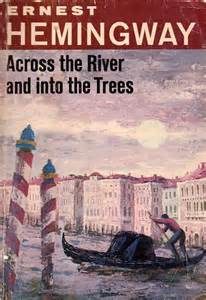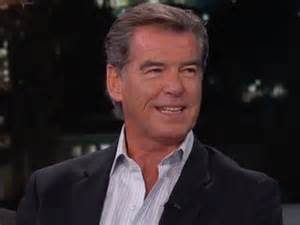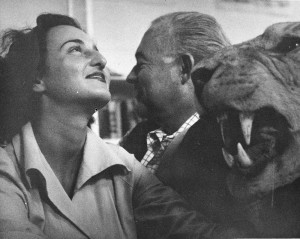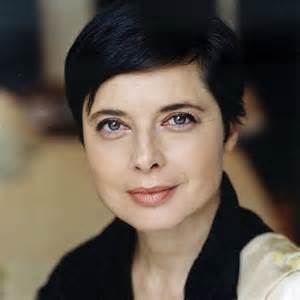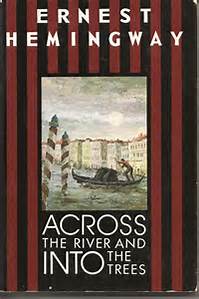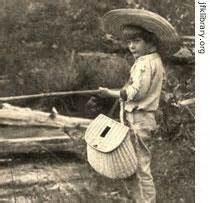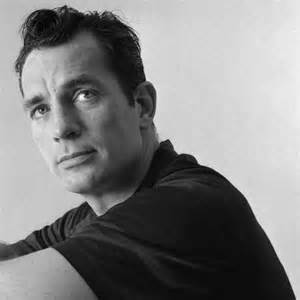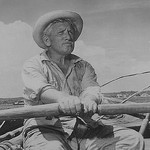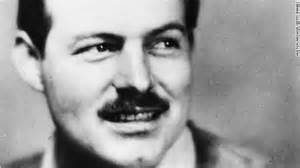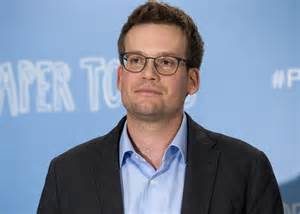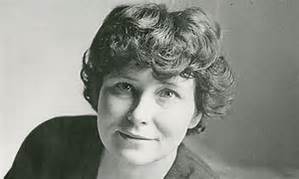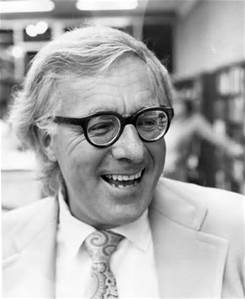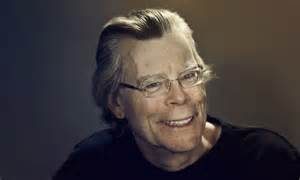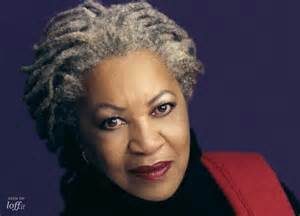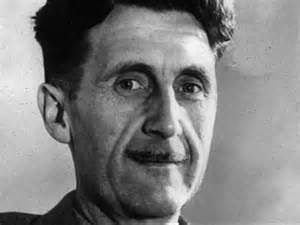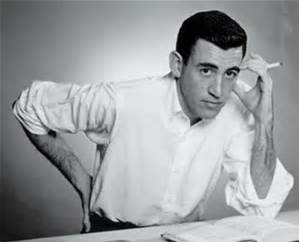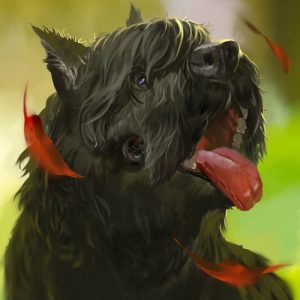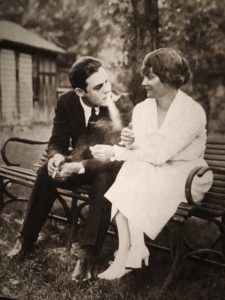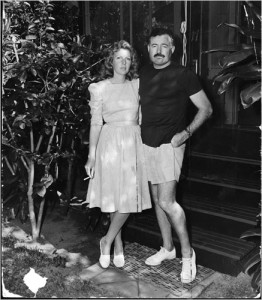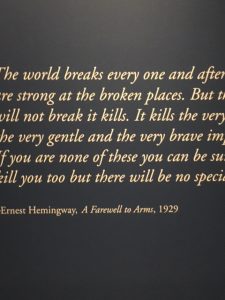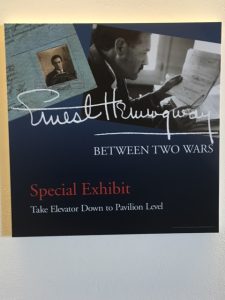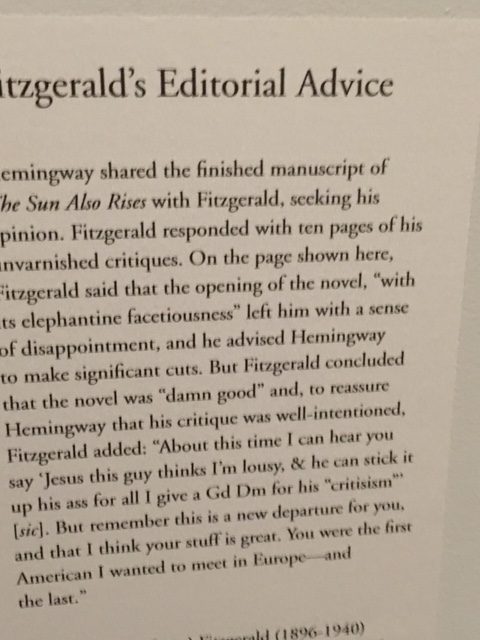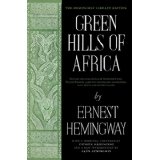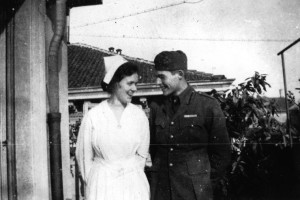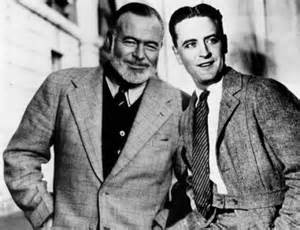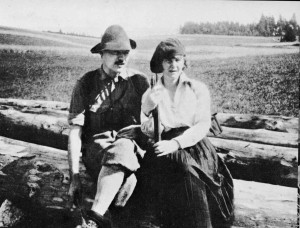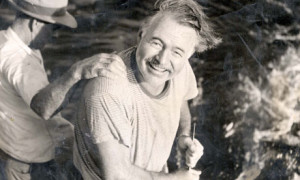I’ve always wondered myself why no Broadway shows or musicals have ever been made of Hemingway’s work. It seems that some of them would lend themselves well. A Farewell to Arms certainly could be a tragic, beautiful story with music – as it is even without the music.

I just read an article by an opera lover opining on this same issue. Fred Plotkin wrote an article after his visit to Ketchum, Idaho, which inspired him to do more thinking about Hemingway. He noted that Hemingway wrote little about Idaho, where he spent many years and where he worked on For Whom The Bell Tolls, A Moveable Feast, The Dangerous Summer, Islands In The Stream, A Garden of Eden, and The Shot.

Hemingway is buried in the local cemetery where his fourth wife, Mary, and his sons Gregory and Jack, are also buried.
Hemingway first went to Ketchum, Idaho in 1939 at the invitation of the Sun Valley Resort. Sun Valley was trying to gain some acceptance as a visitor’s holiday center. As part of a promotional invitation, the resort also invited movie stars Lucille Ball, Gary Cooper and Clark Gable. Hemingway was not only known in 1939 as a superb writer but also as an outdoorsman, a hunter and a fisherman, all of which would be attractions for visitors to the Ketchum area.
In exchange for some promotional photographs, Hemingway was offered a two year stay. He ended up dividing those years between Idaho and his home in Cuba.
He wrote a great deal of For Whom The Bell Tolls in 1940 when he stayed in a cabin in Sun Valley with Martha Gellhorn and his three sons, Jack, Patrick and Gregory.
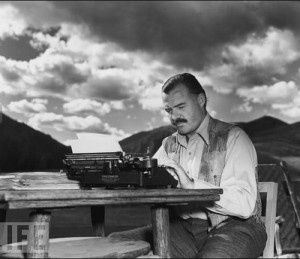
In 1946, Hemingway returned with his fourth wife Mary and stayed in various cabins in the area. He returned for good –well for good part-time – in 1958. Ultimately, when it appeared that it was prudent to leave Cuba and the FBI would not let him return to get his things, he and Mary settled permanently in Ketchum, although they kept an apartment in New York City for a while.
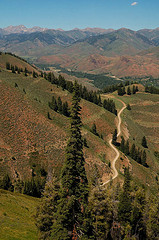
During the intervening years, he had won the Pulitzer Prize in 1953 for Old Man In The Sea and the following year the Nobel Prize for Literature.
His health also was in decline.
Never a snob, Hemingway mingled easily with the local people in Ketchum as he had done in Spain and Cuba. He was well liked and upon his death, the locals did their best to keep the press out at Mary Hemingway’s request.
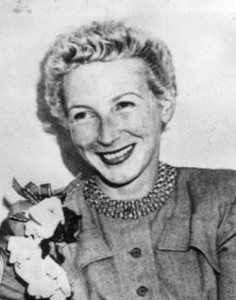
Fred Plotkin notes that he created a list of operas that have been based on American writers’ novels. Those included An American Tragedy (Dreiser), The Aspern Papers, (Henry James), Bel Canto (Ann Patchett), The Great Gatsby (Fitzgerald), Little Women (Alcott), McTeague (Frank Noris), Moby Dick (Melville), Of Mice and Men (Steinbeck), The Postman Always Rings Twice (James M. Cain), The Scarlett Letter (Hawthorne), and Willy Stark (based on Robert Penwarren’s All The King’s Men).
It turns out that there is a one act opera version of The Sun Also Rises written by Webster Young. It premiered at Long Island Opera in 2000.
A two act opera, written by a man in the Soviet Union, was composed of Hemingway’s life.
Mr. Plotkin would chose The Old Man and the Sea as a chamber opera. I don’t know much about opera, but he is suggesting that Santiago be sung by an older bass, such as Samuel Ramey or Ferruccio Furlanetto.
Please read this article directly at this link. The photos of Hemingway’s view from his porch in Ketchum and his home are well worth looking at: an inspiration to an amazing writer who used just enough words to say what he wanted to say.
http://www.wqxr.org/#!/story/operatic-ernest-hemingway/

